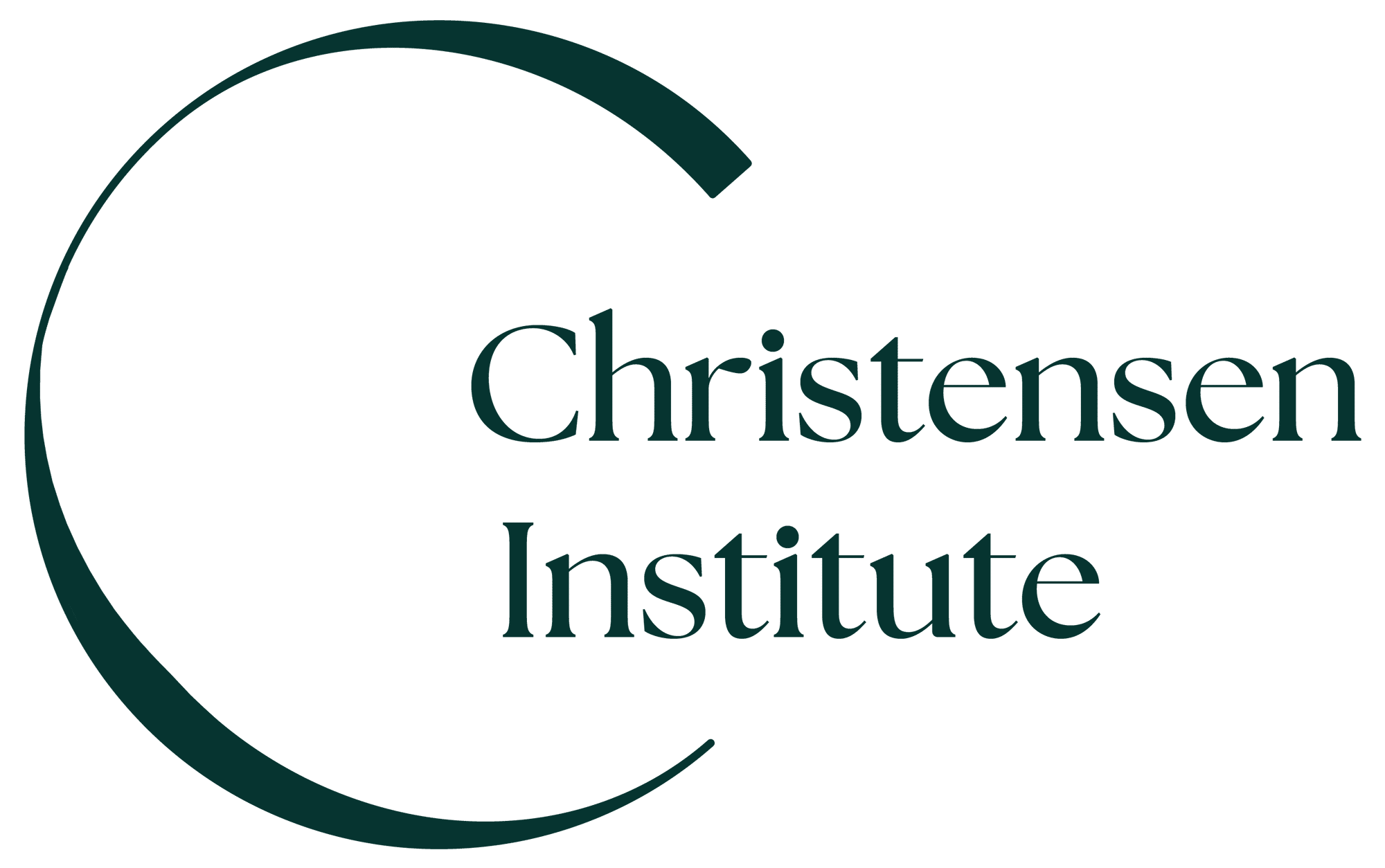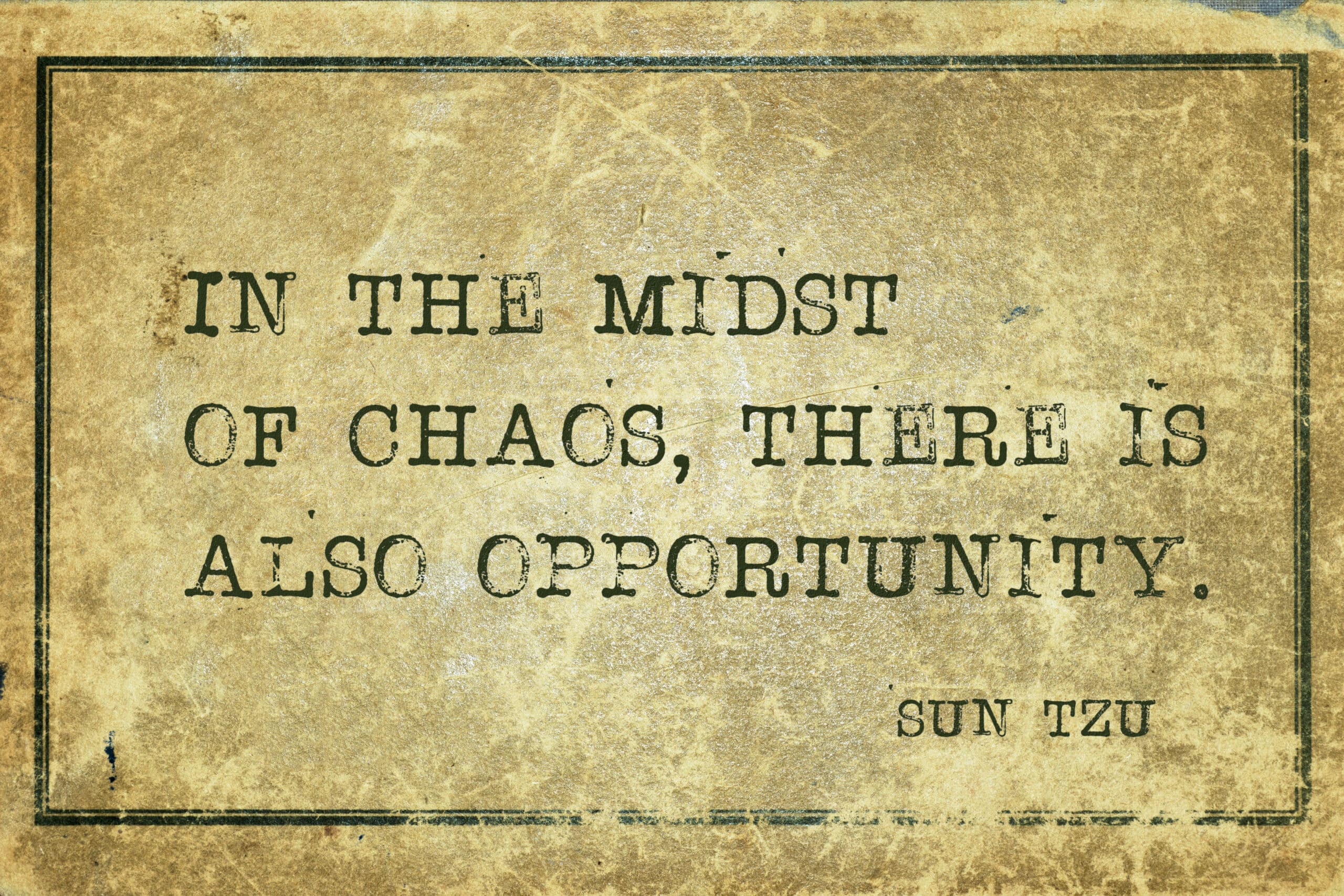Dear Reader,
Today’s piece is different from most. It’s a letter to you.
The beginning of 2025 has been turbulent for health care, public health, and, quite frankly, most sectors of society.
I want you to know that you aren’t alone. I see you. We at the Institute see you. You’re working hard every day to make health and care better for those you serve, even amidst incredible hardship.
Life is chaotic, uncertain, unpredictable, and volatile right now. If I’m honest, it’s times like these that make me most grateful for what Clayton Christensen left us with: a set of theories we can continue to learn from and use to forecast the future. While I do wish I could tap into his humble, curious, and wise advice about what’s happening in the world today, his theories continue to provide a forward-focused perspective on how to create positive change.
That’s not to say we at the Institute have all the answers: we don’t and won’t.
But amidst today’s turbulence and what is to come, we promise to walk with you. We’ll continue to leverage Clay’s tools for foresight to guide you amidst uncertainty: Jobs to Be Done, Disruptive Innovation, Business Model Theory, the Tools of Cooperation, Modularity, and more. These tools are just as powerful today as they were when Clay developed them.
We’ll continue to make sense of trends we see today and predict what we’ll see in the future. We’ll provide forward-looking insights, serving as your industry watchdog and highlighting promising innovations we see coming over the horizon.
We’ll help you see around the corners, not just provide recaps of what’s in the rearview mirror. We’re here to support you through the waves of public health and health care leadership and hardship, providing trusted perspectives amidst seemingly ever-increasing volatility.
But what about you? Outside of reading our insights that we hope provide the guidance you seek, how can theory serve you in your day-to-day life and work?
After all, if chaos can mean the difference between life and death, who has time for lofty ideas?
That’s the thing about theory: it isn’t theoretical. It’s actionable.
Let’s take Jobs to Be Done (JTBD) as an example because, as a public health and/or health care leader, it’s an invaluable tool at your disposal.
If you’ve been a reader for a while, you know a lot about JTBD. If not, in brief, JTBD is a theory of consumer behavior. People don’t just decide to buy products or services on a whim. They “hire” them to make specific progress (i.e., get a “Job” done). Jobs are made up of two parts: the circumstance someone is in and the outcome they’re seeking. When people find a better way to get a Job done, they fire the old solution and hire a new solution.
For example, let’s imagine you have the Job of “When I’m tired and low on time, help me feel energized, so I can be a great leader at work today.” There are many things you could hire to get this Job done. Coffee is one. A quick run is another. Some people might hire a morning yoga class, while others might take their dog for a walk in the morning sun. Some might opt for the ultimate quick fix and take a shot of 5-Hour Energy.
With that background, let’s get back to your situation. You interact with many people throughout your workday. Your leadership impacts experiences, lives, and livelihoods.
That means you have the power to ignite positive change, even in a chaotic situation. You have the power to uncover what people want, what’s motivating them to move forward, and what’s holding them back. Those you can influence include your employees, patients, and/or community members.
Listening to the stories of those whose lives you are impacting, through a Jobs to Be Done lens, is informative and invaluable. A chat with your teammates to uncover their stories and motivations behind hiring your company as their employer can help you better engage and retain them. Speaking to patients about the circumstances and motivations that led them to select your practice for care empowers you to organize your business in a way that helps them get their JTBD done better than any alternative option.
In times like these, coming together with those we lead and those we serve provides the understanding for how to best support their efforts to attain specific outcomes—both today and into the future.
Even in chaotic times, you can impact those in your orbit. Change often begins from a groundswell. Despite the chaos around you, you are not powerless to ignite positive change. Clay left us the tools to drive powerful transformations in health care, and in volatile times, taking action within your sphere of influence will have powerful outcomes.
Leaders who provide clarity in chaos become trusted, sought-after voices of reason.
The world needs you today.
If there are specific public health or health care questions you’re wondering how theory would evaluate, I’d love to hear about them. Additionally, if you want to learn more about Jobs to Be Done and how you could apply it in your organization, please reach out to me.
As always, thank you for reading,
Ann Somers



